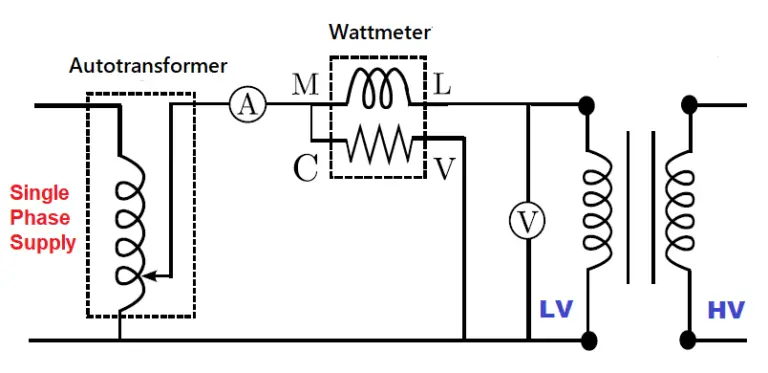EMF Equation of Transformer and Voltage Turn Ratio
Consider an AC voltage of magnitude “V” having frequency “f” is applied to the primary side of the transformer. ac flux Φm is set up in the transformer core, this flux links with the both primary and secondary winding of the transformer.…
